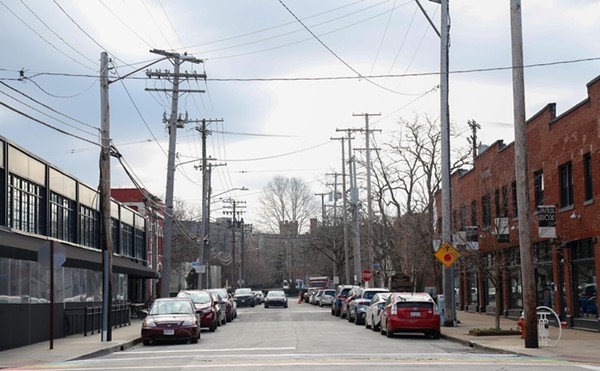
Joree Novotony, chief of staff for the Ohio Association of Food Banks, said the funding increase would help alleviate the strain on families forced to make tough choices. 68% of Food Bank clients reported that in the past two to three months, they've chosen between paying for food, transportation or gas, according to a new report.
"If you can't afford to put gas in your car to get through your shift at work, you're going to lose, you're going to lose wages, might even lose your job, right, so you're going to put the gas in the car. And then when you need to buy groceries the next day, that's where you're going to cut back," Novotony said.
More than 8 in 10 Ohio food bank clients reported seeking help with emergency food because of higher food costs. Ohio's Food Program and Agricultural Clearance Program works to procure Ohio-grown fruits and vegetables, shelf-stable items, protein, dairy and other grocery items to pantries across the state.
Novotony added more than half of food-bank clients reported having to choose between paying for food, health care or medicine within the past two or three months.
"That is not a choice that anyone should make." Novotny continued. "Both of those are critical toward managing that disease and promoting health and well-being."
She added the Ohio Association of Foodbanks and other hunger-relief groups are urging lawmakers to implement a state-funded minimum SNAP benefit for older adults, which would increase monthly SNAP allotments to $50 per month for the state's 70,000, 60 and older households.












